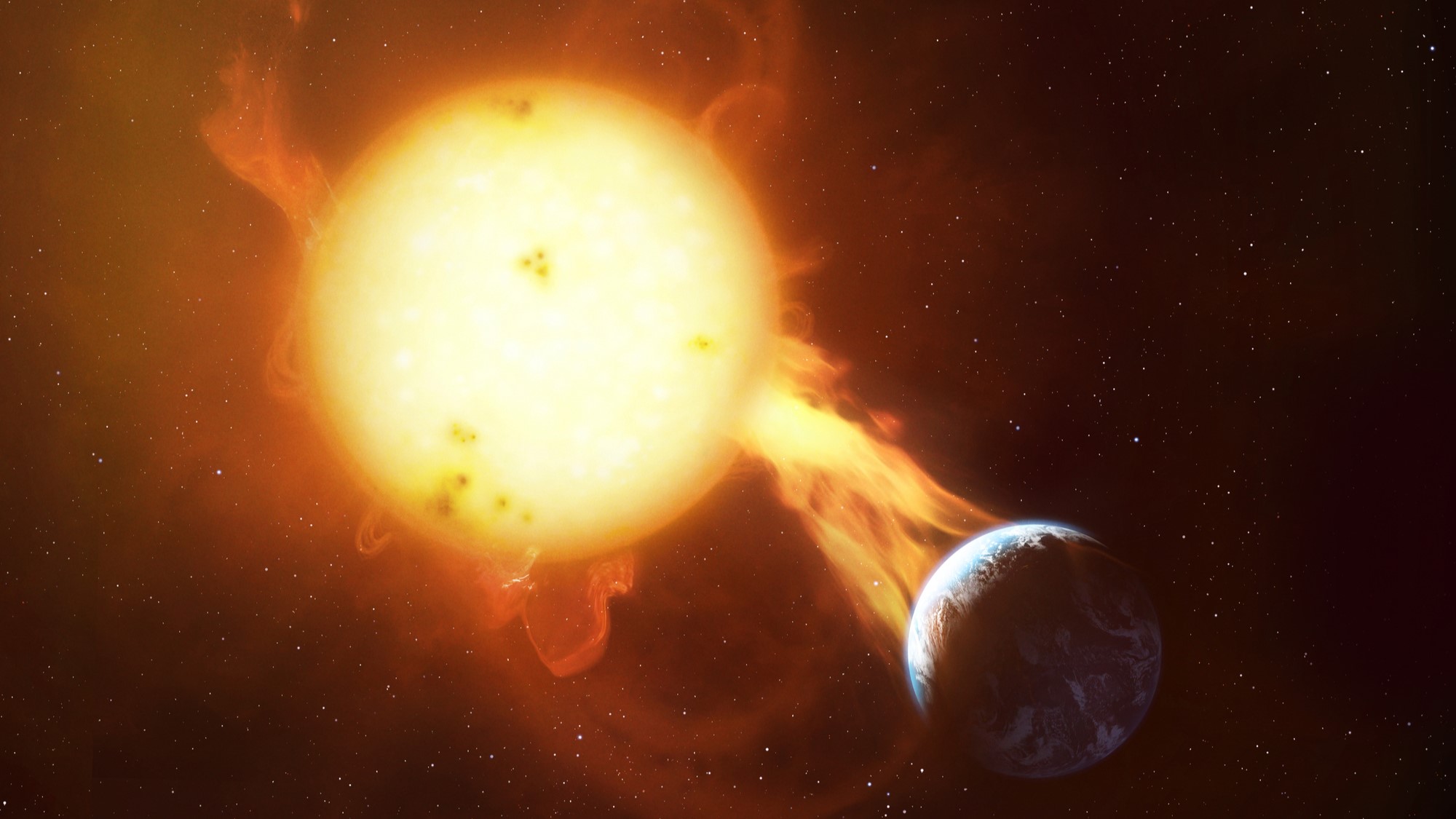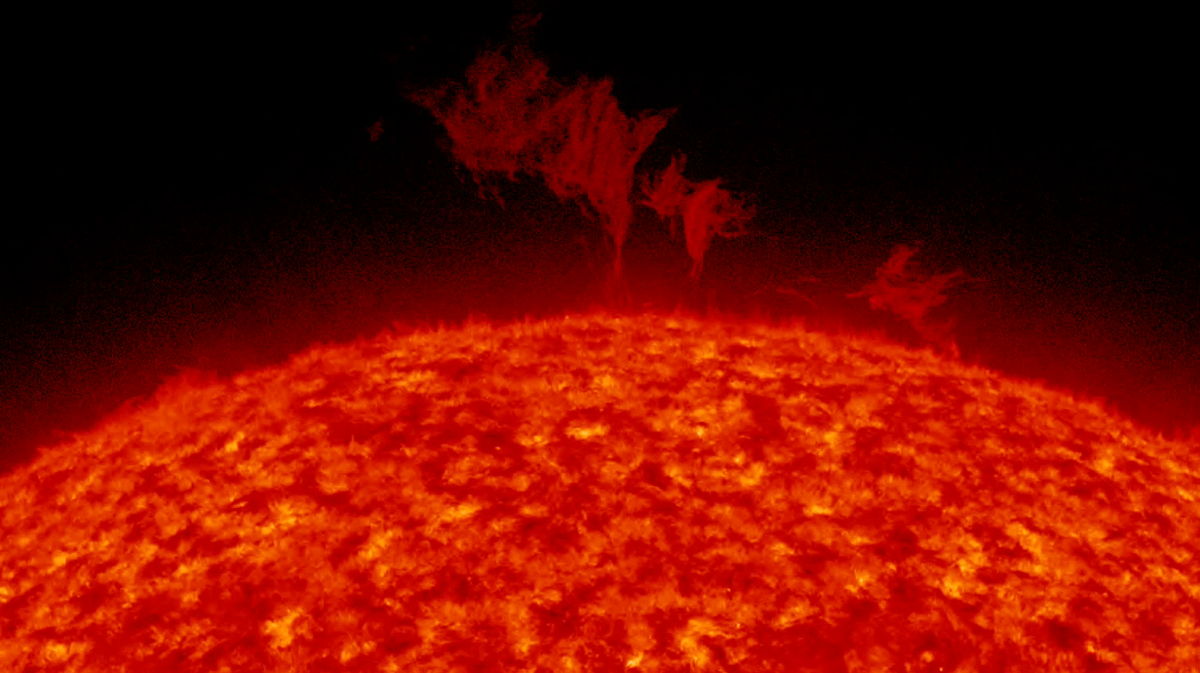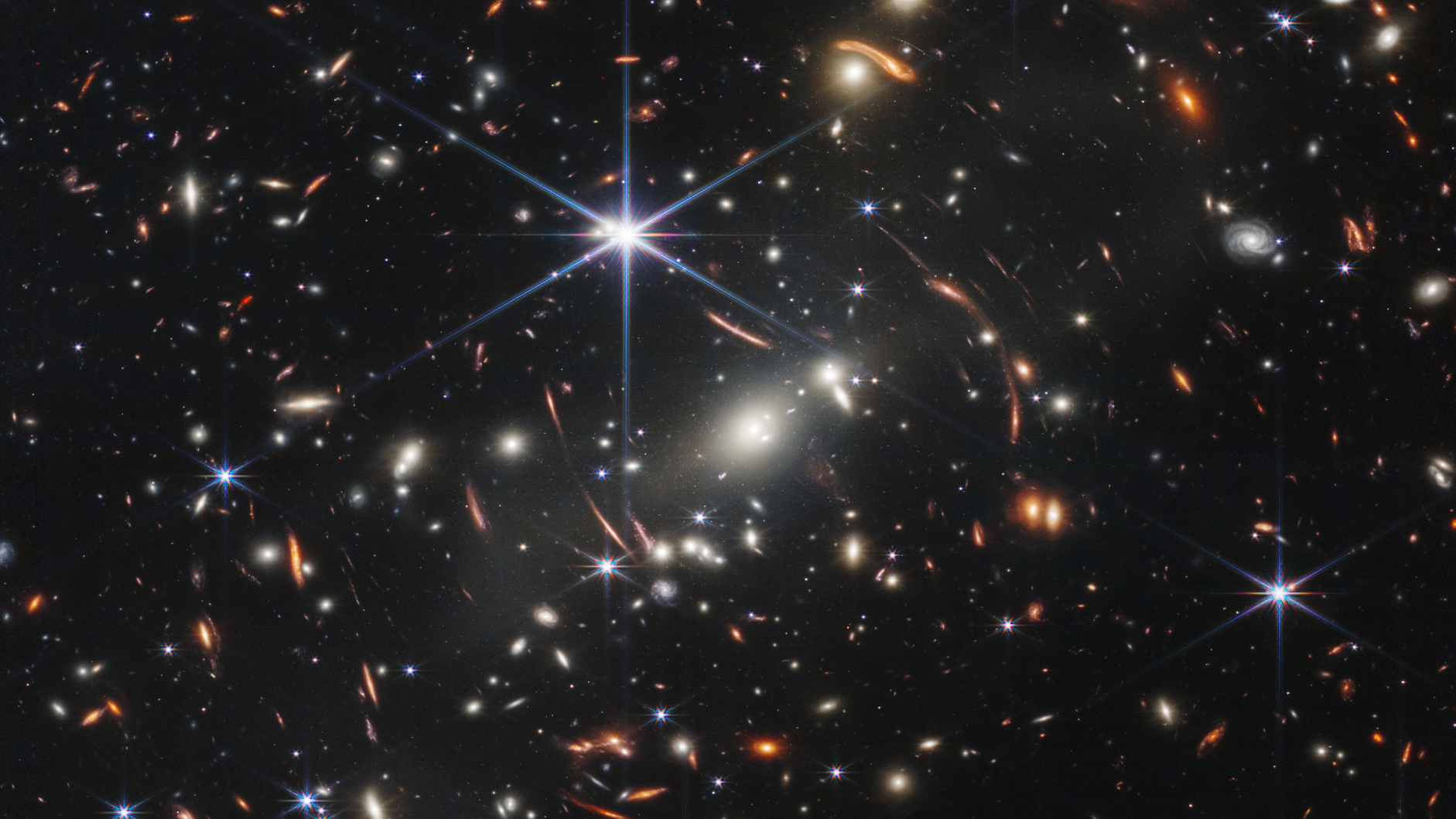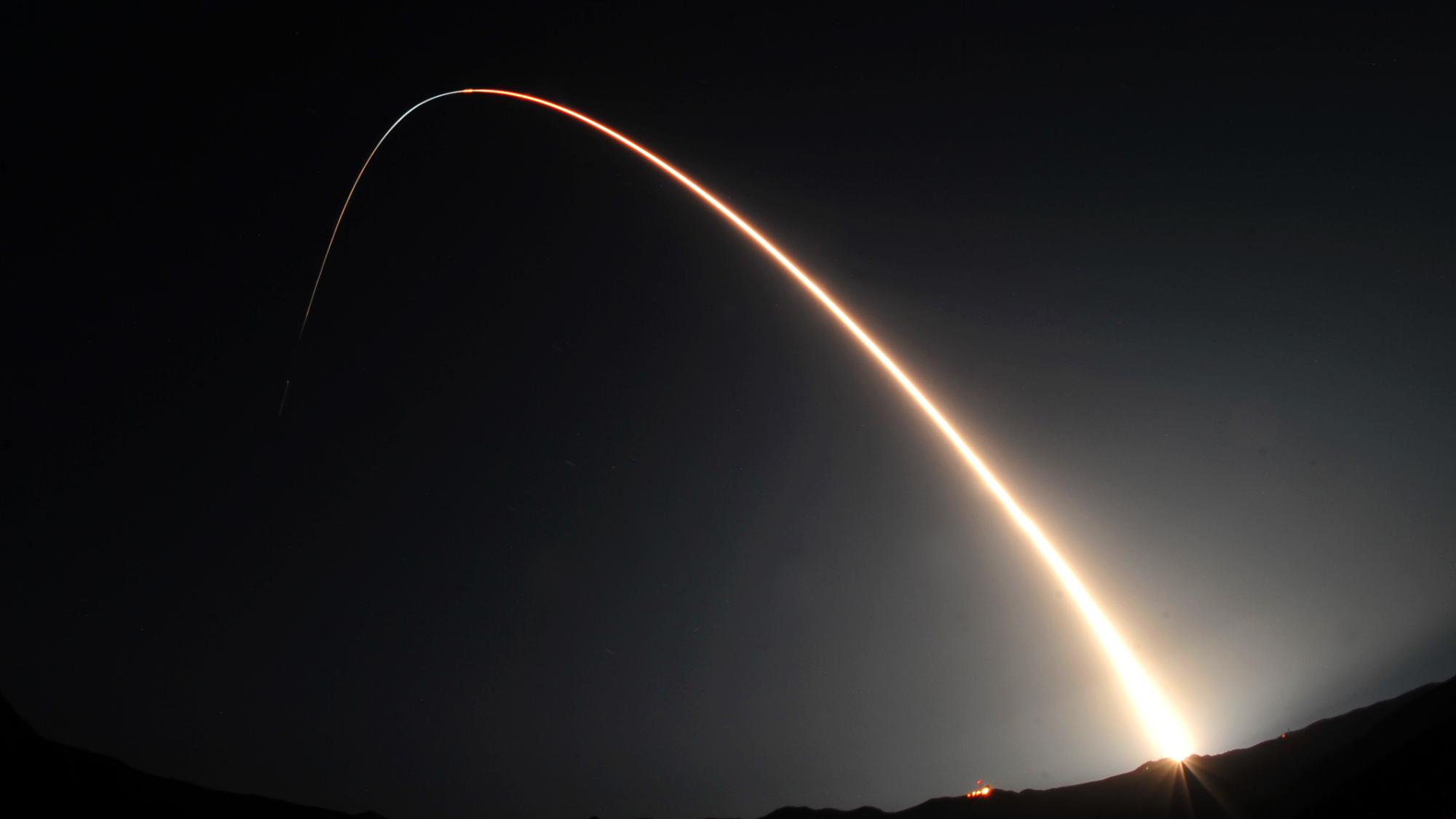Nerves run high ahead of the James Webb Space Telescope launch this Saturday
"Once you get it launched, there's still 300 things that have to work perfectly for it to be a success," NASA Administrator Bill Nelson told Space.com.
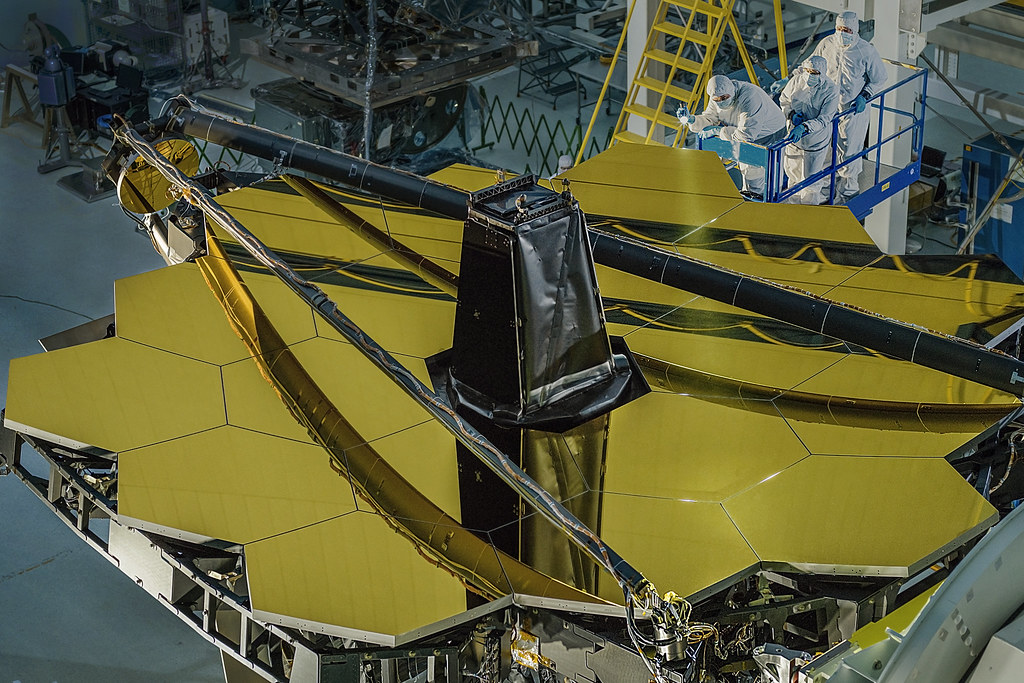
Amid all the excitement, there is no shortage of nerves ahead of the launch of the world's most powerful telescope.
This Saturday (Dec. 25), the James Webb Space Telescope will blast off from Earth on a 1-million-mile (1.5 million kilometers) journey to its ultimate destination, where it will make groundbreaking new observations of the early universe. But with such ambitious science goals, more than 25 years of work and $10 billion spent, a lot is riding on the success of this telescope.
NASA Administrator Bill Nelson is, for one, feeling "optimistic, confident, but nervous," ahead of Webb's launch, he told Space.com.
Webb will liftoff at 7:20 a.m. EST (1220 GMT) on Dec. 25 from Europe's Spaceport in Kourou, French Guiana, atop an Arianespace Ariane 5 rocket.
Live updates: NASA's James Webb Space Telescope launch
Related: How the James Webb Space Telescope works in pictures
"My stress is generally low and that's the case now, and it actually gets less as we get to the pad," Greg Robinson, Webb program director at NASA, said during a prelaunch news conference held Tuesday (Dec. 21). "Then it increases exponentially with the rocket — and I'm looking forward to that."
When asked whether his nerves stem from the fact that Webb is such a long time coming or if they are the nerves that come with every rocket launch, Nelson responded "all of the above."
Get the Space.com Newsletter
Breaking space news, the latest updates on rocket launches, skywatching events and more!
But, he added, "particularly [with] this mission, once you get it launched, there's still 300 things that have to work perfectly for it to be a success." That comment refers to the roughly 344 "single-point failures" built into the James Webb Space Telescope.
Hundreds of failure possibilities
These hundreds of "single-point failures" are steps or procedures that each have to go well or it could spell disaster for the entire mission.
Roughly 80% of those 344 steps are associated with Webb's deployment, Mike Menzel, Webb lead mission systems engineer for NASA's Goddard Space Flight Center in Maryland, said during a news conference on Nov. 2. Because of its massive size, Webb had to be folded up into its launch vehicle, so it has to very carefully deploy, or unfold, while in space.
While the mission has a fair amount of built-in redundancy, or backup systems, it's hard to avoid having a single-point failure "when you have a release mechanism. It's hard to put full redundancy into that," Menzel said, referencing the release mechanisms that are part of deployment, steps that will slowly unfold the scope. Webb's deployment relies on 144 different release mechanisms.
These mechanisms "all must work perfectly," Krystal Puga, Webb spacecraft systems engineer for Northrop Grumman, which built the spacecraft, said during the same briefing.
Related: NASA's James Webb Space Telescope has a shiny giant mirror made of gold hexagons. Here's why.
Understanding the immense risk that comes with so many single-point failures, the teams working on this mission have been preparing for something to go wrong. "Over the past two years or so, the team has been practicing these contingencies scenarios, where [an] anomaly is introduced, and the team will work to try to solve it and sort of rehearse plans," Alphonso Steward, Webb deployment systems lead for NASA Goddard, said during the same news conference.
A next-generation space telescope
The James Webb Space Telescope is a next-generation observatory designed to help scientists answer some of the biggest questions about our universe and its origins. By observing primarily near-infrared light, Webb will be able to peer remarkably far into the cosmos and, therefore, very far back in time.
Webb will study the earliest moments of the universe, star formation, far-off exoplanets and scientists even hope that it will help them understand dark matter.
Webb will reach its ultimate destination — the Earth-sun Lagrange point 2, or L2, a gravitationally-stable point in space located on the opposite side of Earth from the sun — about 30 days after launch. After taking time to ensure the safety of its scientific instruments Webb is expected to deliver its first images back to Earth within six months.
"The James Webb Space Telescope is an Apollo moment for all of NASA, for the entire world, but especially for our science programs worldwide," Thomas Zurbuchen, associate administrator for NASA's Science Mission Directorate, said during the Dec. 21 news conference. "It's the stuff of dreams."
Email Chelsea Gohd at cgohd@space.com or follow her on Twitter @chelsea_gohd. Follow us on Twitter @Spacedotcom and on Facebook.
Join our Space Forums to keep talking space on the latest missions, night sky and more! And if you have a news tip, correction or comment, let us know at: community@space.com.

Chelsea “Foxanne” Gohd joined Space.com in 2018 and is now a Senior Writer, writing about everything from climate change to planetary science and human spaceflight in both articles and on-camera in videos. With a degree in Public Health and biological sciences, Chelsea has written and worked for institutions including the American Museum of Natural History, Scientific American, Discover Magazine Blog, Astronomy Magazine and Live Science. When not writing, editing or filming something space-y, Chelsea "Foxanne" Gohd is writing music and performing as Foxanne, even launching a song to space in 2021 with Inspiration4. You can follow her on Twitter @chelsea_gohd and @foxannemusic.


